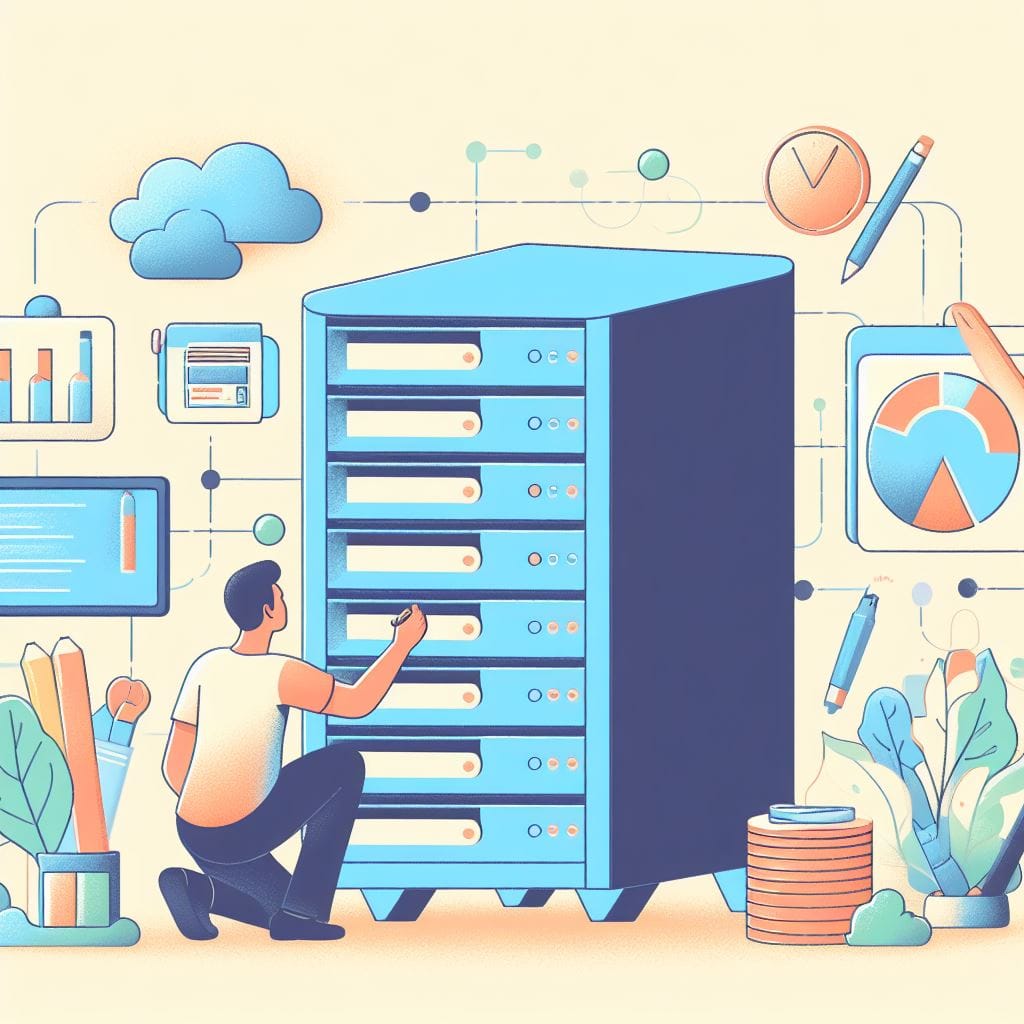How to Optimize Your Dedicated Server for E-commerce Websites

Optimizing a dedicated server for an e-commerce website is crucial for ensuring fast loading times, high availability, and overall good user experience. Here are steps you can take to optimize your dedicated server for e-commerce:
- Choose the Right Hosting Provider:
- Select a reputable hosting provider with a track record of reliability, good customer support, and high uptime guarantees.
- Select Adequate Hardware:
- Ensure your dedicated server has sufficient CPU power, RAM, and storage to handle the anticipated traffic and resource demands of your e-commerce site.
- Use SSD Storage:
- Solid State Drives (SSDs) are faster and more reliable than traditional Hard Disk Drives (HDDs). Using SSD storage can significantly improve loading times.
- Optimize Server Software:
- Keep the server software (e.g., web server, database server, operating system) updated to benefit from the latest performance enhancements and security patches.
- Choose the Right Web Server:
- Consider using web servers like Nginx or LiteSpeed, which are known for their efficiency and speed.
- Enable Caching:
- Implement server-side caching to store static content and reduce the load on your server. Tools like Varnish or Memcached can be highly effective.
- Content Delivery Network (CDN):
- Use a CDN to distribute content across multiple servers in different geographic locations. This reduces server load and speeds up content delivery to users worldwide.
- Optimize Database Performance:
- Choose a robust database management system (DBMS) and optimize its configuration. Use techniques like indexing and regular database maintenance.
- Compression and Minification:
- Compress images, CSS, and JavaScript files to reduce the amount of data sent to users' browsers. Tools like Gzip and Brotli can be used for this purpose.
- Optimize Images and Media:
- Use appropriately sized and optimized images to reduce the load on the server. Tools like ImageMagick or libraries like Sharp (for Node.js) can help with image optimization.
- Load Balancing:
- If your traffic is very high, consider implementing load balancing to distribute traffic across multiple servers, improving performance and availability.
- Secure Your Server:
- Implement security measures like firewalls, DDoS protection, and SSL certificates to safeguard against cyber threats.
- Monitor Performance:
- Use monitoring tools to keep an eye on server performance and respond promptly to any issues.
- Content Management System (CMS) Optimization:
- If you're using a CMS like WordPress or Magento, optimize it by using efficient themes, plugins, and extensions. Remove any unnecessary or resource-intensive components.
- Regular Maintenance and Updates:
- Keep your server and software up to date to benefit from the latest performance improvements and security patches.
- Optimize Database Queries:
- Ensure that your database queries are well-optimized to reduce processing time.
- Content Caching:
- Implement full-page caching to reduce server processing time and deliver pre-rendered pages to users.
- Monitor Traffic and Scale as Needed:
- Keep an eye on your traffic patterns and be prepared to scale your server resources (CPU, RAM, bandwidth) as your website's traffic grows.
Remember that every e-commerce website is unique, so you may need to fine-tune these strategies based on your specific requirements and the technologies you're using. Regular performance testing and optimization are crucial to maintain a fast and reliable online shopping experience.



